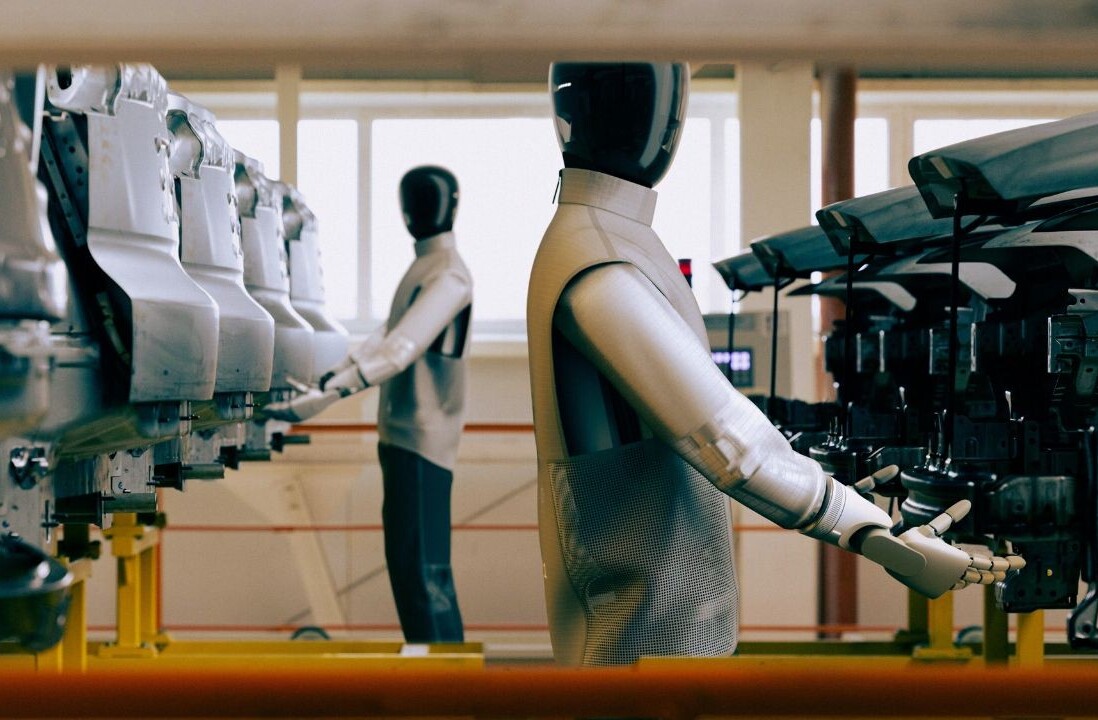
The pandemic has been marked by brief periods of shortage worldwide (remember the great toilet paper rush of 2020?). We’ve temporarily run out of everything from gym equipment to condoms and even aluminum cans, and now a lumber shortage has hit close to home, raising concern among DIY enthusiasts and potential house owners around the world.
The scarcity of lumber brought prices to an all-time high of $1,686 per thousand board feet in May, a 400 percent peak from pre-pandemic levels when prices shuffled between $350 to $500. In August, there was some good news as wood fell to $399 per thousand board feet. But that didn’t last too long as lumber shot back up by 50 percent a few weeks later.
For consumers, this means that it’s gotten even more expensive to build, buy, or remodel your house. Meanwhile businesses could be facing increasing construction costs.
Analysts say that this ongoing surge isn’t expected to re-enter the thousand-dollar territory, but it could go on well into early 2022. At this point you might be asking, where did all the lumber go? We’ll explain what’s behind the shortage and rising costs and how tech could secure the industry for the future.
Where did all the lumber go?
The spike was prompted by several factors, the least of them being a shortage of trees. At the start of the pandemic, there was low demand for lumber and sawmill inventories were equally low, thanks to labor cuts and health restrictions.
Then the lockdown happened, leading to an uptick in DIY home improvement, building, and buying of new homes; projects that ordinarily require a lot of woodwork. Basically, when increased demand for lumber meets supply setbacks related to a labor crisis, you get a global shortage.
Like every other industry affected by the pandemic, lumber production facilities had to make adjustments to their operations, which initially slowed down production and resulted in less supply. But even now as the sawmills are up and running once again, reports show that workers’ concerns over low wages and risky working conditions have created an employment gap in the industry, and this just puts more pressure on the lumber supply chain.
The demand for lumber will only grow…
Wood has become the coolest thing (literally) in sustainable building in the last few years, and the housing industry is buzzing with excitement from all the benefits that this building material has to offer.
Research shows that wood reduces carbon emissions, holds up pretty well in an earthquake, and allows buildings to be constructed faster, thereby producing less waste and labor costs. In a recent webinar held by the forestry division of the UN’s Food and Agriculture Organization, part of the agenda was to highlight the ‘critical role of sustainable forest-based industries in providing the renewable wood-based products that the world needs to decarbonize the building sector.’
As the impact of climate change becomes more obvious by the day, the shift to wooden building materials indicates that lumber is set to remain a hot commodity for the foreseeable future, and experts agree. The demand for the product is expected to maintain a steady increase through 2022 and beyond, in response to ‘demographically-driven housing needs.’
Looking to the Finnish ‘Woodtech sector’
In countries like Finland, innovative building techniques with wood are the latest trend. Their history of logging and woodwork, along with the growth of its startup scene have led to the birth of a ‘woodtech sector’ creating all things sustainable: textile, cosmetics packaging, wood-based plastic, and, of course, wooden houses. Many of the country’s public buildings are constructed with wood products, and about 80% of detached houses have a wooden frame.
With more than half of Europe’s protected forests situated in Finland, they’re making the most of their proximity to nature to create buildings that reduce waste and pollution. And they look good too…
Finnish companies like Finnos are also part of the growing ecosystem, providing digital solutions for forestry and woodwork industries around the world. According to Jyri Smagin, Chief Sales Officer at Finnos, these sectors play an extremely important role right now, and therefore there’s a need for advanced technology that enables producers to create wood products in a more efficient and smarter way.
The popular opinion is that these industries are filled with men engaging in tedious physical work, and they only use traditional, old-fashioned methods of production. However, we’re introducing high-tech, precise strategies to help fill the existing gaps in the woodwork industry.
Tech offers a way out
These days, much of the processes in sawmills are handled by machinery, but a number of demands still make the job pretty challenging. For example, several mills make use of different automated tools to scan and optimize raw wood to make sure it’s top quality for the market.
But these tools generate quite a lot of data, and someone has to go through the process of reading and organizing all that information. It’s slow and tedious, and because we’re human, it often comes with a bunch of errors. This makes it hard to detect hidden defects, leading to loss of valuable wood. In this age of lumber shortage, that’s a costly mistake for sawmills.
Companies like Finnos offer a way out through tech. Using a log x-ray system, they create products that collect accurate, comprehensive data on wood quality in different stages of processing. Their log scanner creates a 3D model of the log and analyzes all its features in less than half a second. Smagin explained:
When a tree is cut, the eco-friendly solution would be to use as much as you can out of that tree, rather than chipping a lot of it away as sawdust. Our solutions help industries get the most out of the raw material without wasting it.
The next step sawmills need to take is matching the quality of raw materials at the sawmill with the actual quality required for a particular product, to ensure that it meets the standard. This helps cut down the time needed for manual tasks, freeing up workers to focus on knowledge-related work tasks. With the growing demand for sustainable building products like wood, solutions like these are super important.
“Instead of spending long hours manually finding the correlation between the raw material and the end product, sawmill employees can now find the information they need in just three minutes,” Smagin explains. This can help speed up the production process for goods like lumber, thereby easing up the pressure on the supply chain.
Typically, when we compare the situation before and after implementing our technology, we see an increase in sawmill yield, in ranges from 2-5 percent.
Finnos teamed up with Thoughtworks, global technology consultancy, to infuse artificial intelligence into the process. Aappo Pulkkinen, Lead Data Science Consultant at Thoughtworks said:
We’re currently using machine learning to automate decision-making across the production chain. By using the imaging data from Finnos’ scanners, we are able to predict the optimal sawing configurations for each log early on in the process.
And the results will only get better as they introduce machine learning to other parts of the business. According to Pulkkinen, ML can be applied to a range of processes — from capacity optimization to matching production with demand. Building machine learning components to production is an iterative process, where learnings will help determine the steps needed to bring the most value.
And we’re not just seeing this happen at sawmills: almost any company in the manufacturing industry can benefit from these types of advancements that are enabled by machine learning and optimization.
With customers in over 18 countries around the world, Finnos is looking to play their own role in making sure the industry can meet demand. “With the current surge in market prices for wood products, our technology could benefit the global market,” he adds. They’re now active in countries across the Nordics, Canada, and Russia with ambitions to grow globally.
Get the TNW newsletter
Get the most important tech news in your inbox each week.





